Regulation of International Financial Markets and International Banking
This research group analyses causes and consequences of banks' international activities and the regulatory framework they operate in.
Internationally active banks can facilitate an efficient international allocation of capital and provide channels for international risk sharing. But they can also be a source of financial instabilities themselves, thus contributing to international contagion and risk-shifting. This is one reason for the current re-regulation of international banking.
The research group contributes to the literature in three ways. First, the group empirically analyses the channels through which shocks are transmitted by internationally active banks. Second, the group analyses the build-up of aggregate imbalances in integrated banking markets and resulting consequences for the real economy. Third, the group analyses the impact of changes in banking supervision and regulation on (inter)national activities of banks, with a special focus on the European integration process.
IWH Data Project: International Banking Library
Research Cluster
Economic Dynamics and StabilityYour contact

Mitglied - Department Financial Markets
EXTERNAL FUNDING
07.2017 ‐ 12.2022
The Political Economy of the European Banking Union
European Social Fund (ESF)
Causes of national differences in the implementation of the Banking Union and the resulting impact on financial stability.
01.2015 ‐ 12.2017
Dynamic Interactions between Banks and the Real Economy
German Research Foundation (DFG)
Refereed Publications
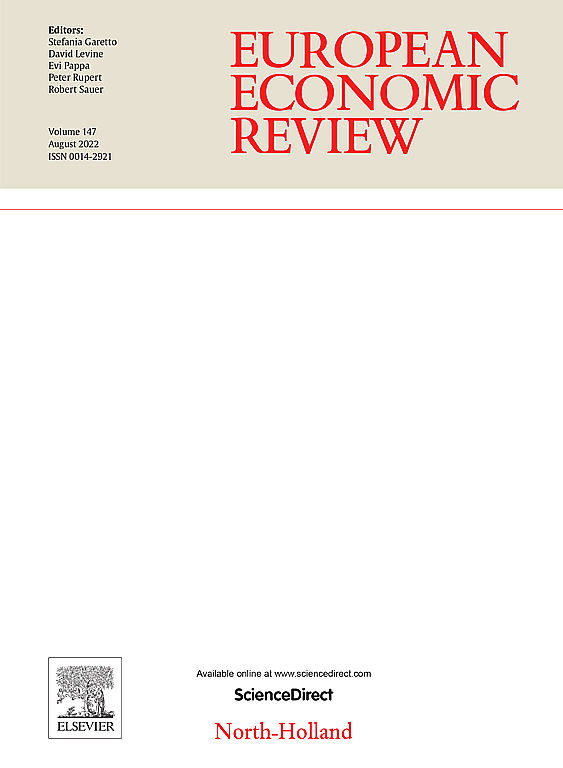
Completing the European Banking Union: Capital Cost Consequences for Credit Providers and Corporate Borrowers
in: European Economic Review, September 2022
Abstract
The bank recovery and resolution directive (BRRD) regulates the bail-in hierarchy to resolve distressed banks in the European Union (EU). Using the staggered BRRD implementation across 15 member states, we identify banks’ capital cost responses and subsequent pass-through to borrowers towards surprise elements due to national transposition details. Average bank capital costs increase heterogeneously across countries with strongest funding cost hikes observed for banks located in GIIPS and non-EMU countries. Only banks in core E(M)U countries that exhibit higher funding costs increase credit spreads for corporate borrowers and contract credit supply. Tighter credit conditions are only passed on to more levered and less profitable firms. On balance, the national implementation of BRRD appears to have strengthened financial system resilience without a pervasive hike in borrowing costs.

A Note of Caution on Quantifying Banks' Recapitalization Effects
in: Journal of Money, Credit and Banking, No. 4, 2022
Abstract
Unconventional monetary policy measures like asset purchase programs aim to reduce certain securities' yield and alter financial institutions' investment behavior. These measures increase the institutions' market value of securities and add to their equity positions. We show that the extent of this recapitalization effect crucially depends on the securities' accounting and valuation methods, country-level regulation, and maturity structure. We argue that future research needs to consider these factors when quantifying banks' recapitalization effects and consequent changes in banks' lending decisions to the real sector.
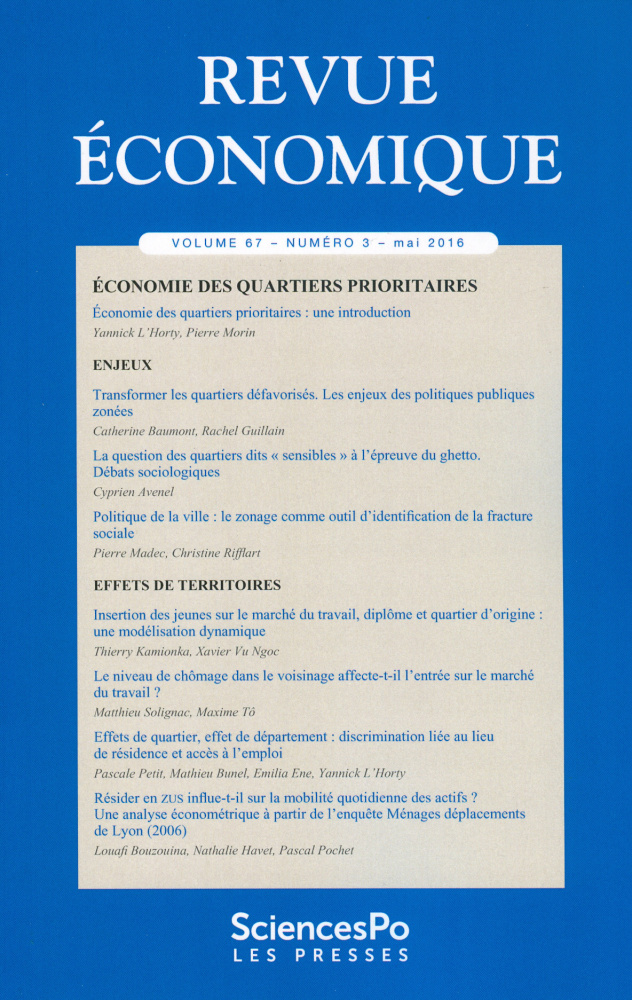
Technical Optimum of Bank Liquidity Creation
in: Revue Economique, No. 3, 2022
Abstract
This paper generates a technical optimum of bank liquidity creation benchmark by tracing an efficient frontier in liquidity creation (bank intermediation) and questions why some banks are more efficient than others in such activities. Evidence reveals that medium size banks are most correlated to efficient frontier. Small (large) banks—focused on traditional banking activities—are found to be the most (least) efficient in creating liquidity in on-balance sheet items whereas large banks—involved in non-traditional activities—are found to be most efficient in off-balance sheet liquidity creation. Additionally, the liquidity efficiency of small banks is more resilient during the 2007-2008 financial crisis relative to other banks.
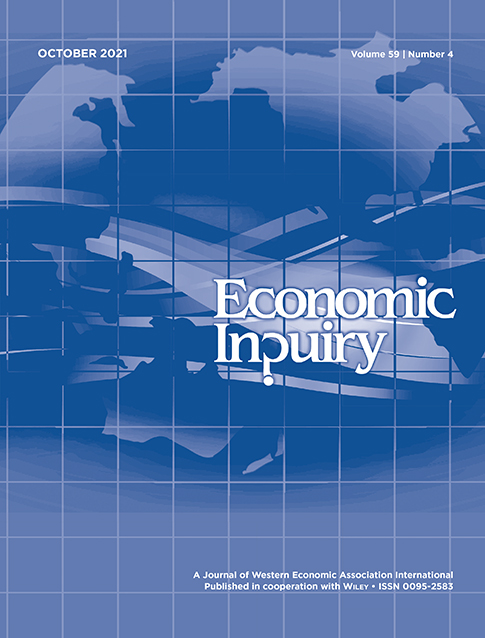
Firm-specific Forecast Errors and Asymmetric Investment Propensity
in: Economic Inquiry, No. 2, 2022
Abstract
This paper analyzes how firm-specific forecast errors derived from survey data of German manufacturing firms over 2007–2011 relate to firms' investment propensity. Our findings reveal that asymmetries arise depending on the size and direction of the forecast error. The investment propensity declines if the realized situation is worse than expected. However, firms do not adjust investment if the realized situation is better than expected suggesting that the uncertainty component of the forecast error counteracts good surprises of unexpectedly favorable business conditions. This asymmetric mechanism can be one explanation behind slow recovery following crises.
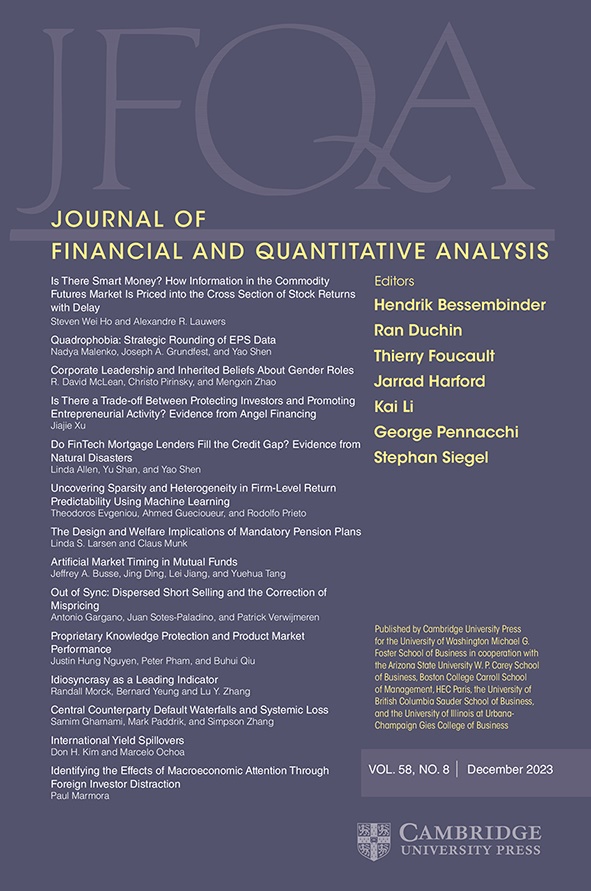
Gender, Credit, and Firm Outcomes
in: Journal of Financial and Quantitative Analysis, No. 1, 2022
Abstract
Small and micro enterprises are usually majority-owned by entrepreneurs. Using a unique sample of loan applications from such firms, we study the role of owners’ gender in bank credit decisions and post-credit-decision firm outcomes. We find that, ceteris paribus, female entrepreneurs are more prudent loan applicants than are males, since they are less likely to apply for credit or to default after loan origination. The relatively more aggressive behavior of male applicants pays off, however, in terms of higher average firm performance after loan origination.
Working Papers
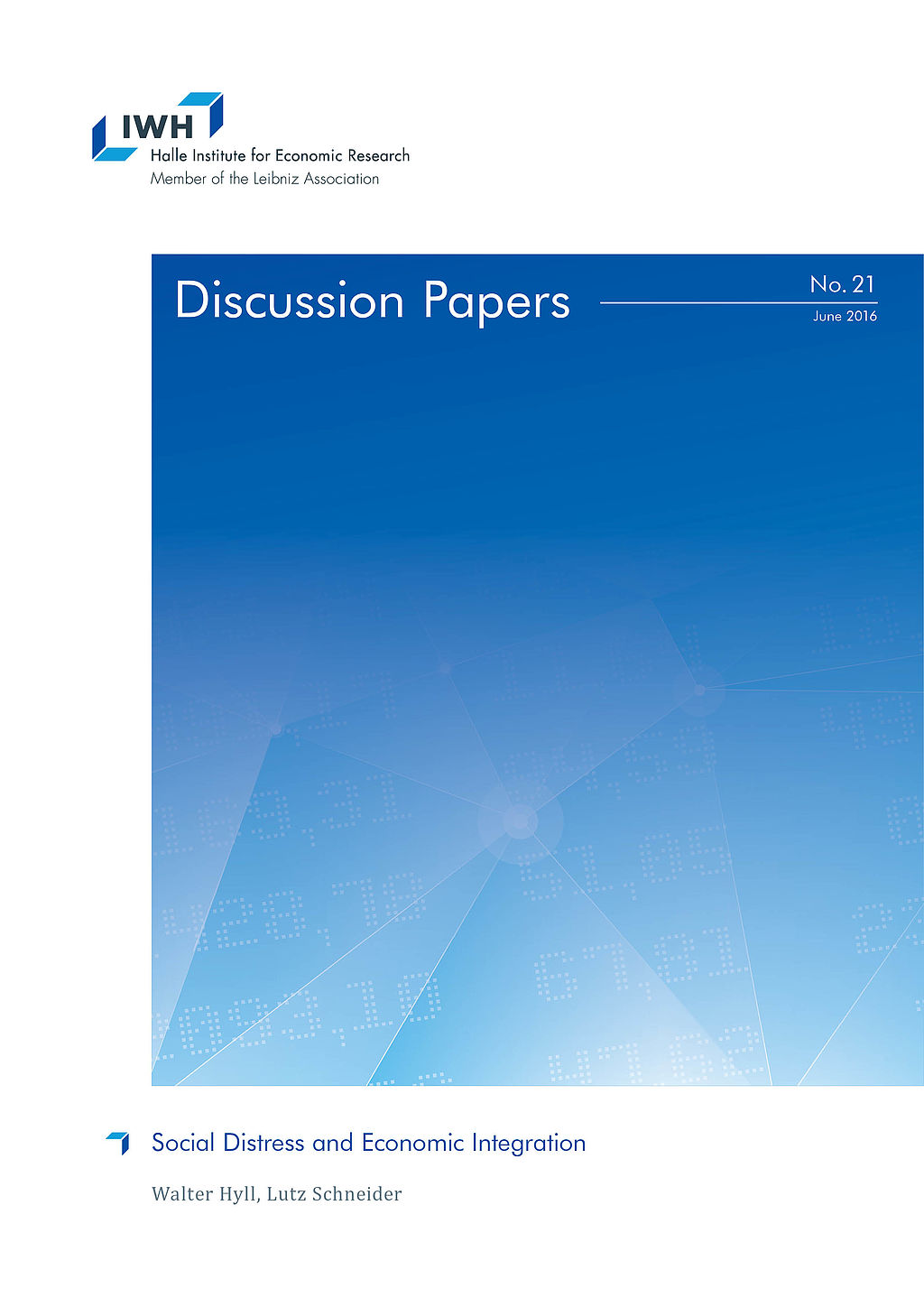
Friend or Foe? Crowdfunding Versus Credit when Banks are Stressed
in: IWH Discussion Papers, No. 8, 2015
Abstract
Does bank instability push borrowers to use crowdfunding as a source of external finance? We identify stressed banks and link them to a unique, manually constructed sample of 157 new ventures seeking equity crowdfunding. The sample comprises projects from all German equity crowdfunding platforms since 2011, which we compare with 200 ventures that do not use crowdfunding. Crowdfunding is significantly more likely for new ventures that interact with stressed banks. Innovative funding is thus particularly relevant when conventional financiers are facing crises. But crowdfunded ventures are generally also more opaque and risky than new ventures that do not use crowdfunding.
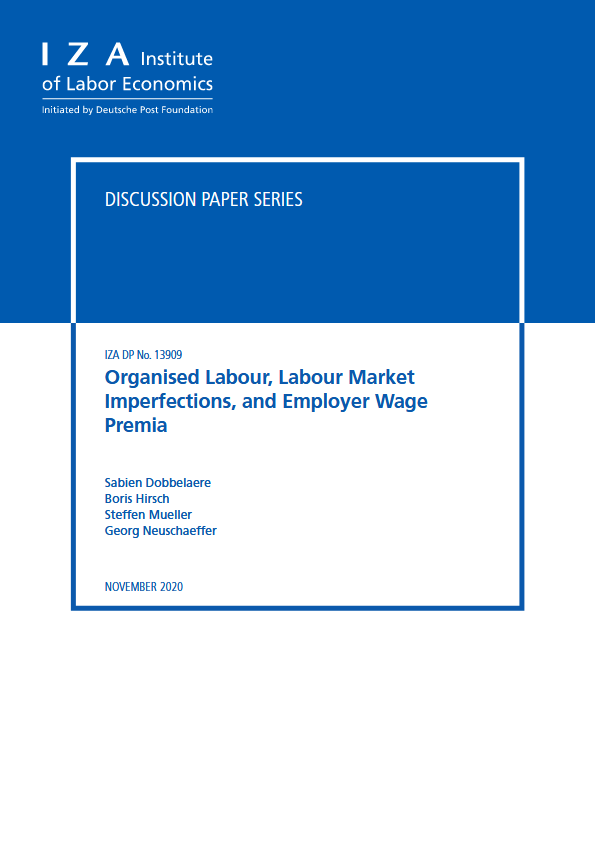
Explaining Regional Disparities in Housing Prices across German Districts
in: IZA Institute of Labor Economics, March 2022
Abstract
Over the last decade, German housing prices have increased unprecedentedly. Drawing on quality-adjusted housing price data at the district level, we document large and increasing regional disparities: growth rates were higher in 1) the largest seven cities, 2) districts located in the south, and 3) districts with higher initial price levels. Indications of price bubbles are concentrated in the largest cities and in the purchasing market. Prices seem to be driven by the demand side: increasing population density, higher shares of academically educated employees and increasing purchasing power explain our findings, while supply remained relatively constrained in the short term.














